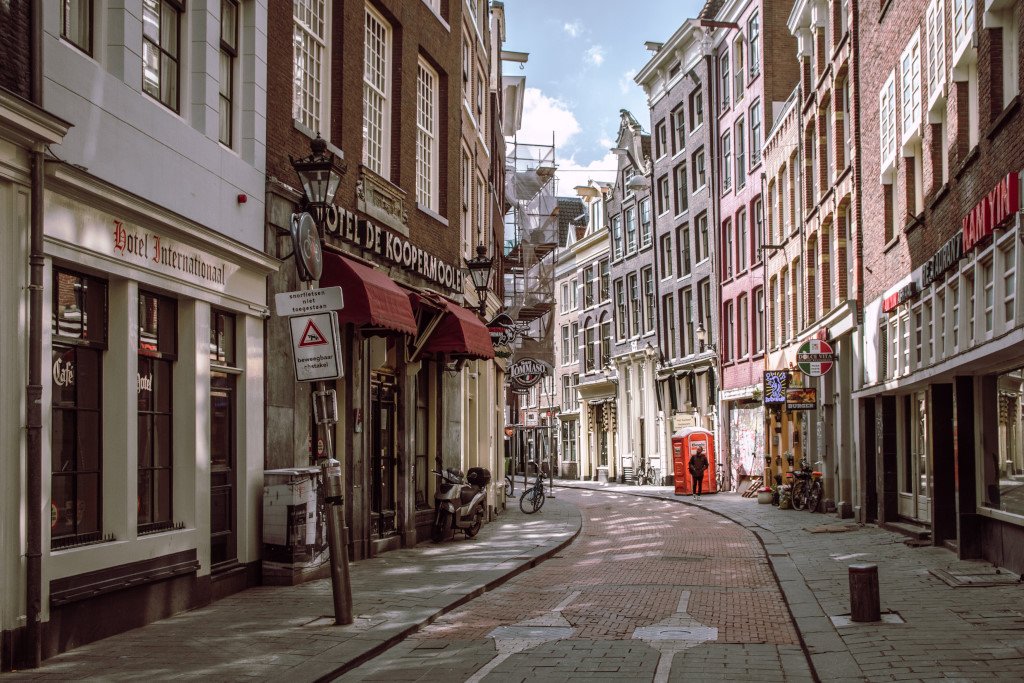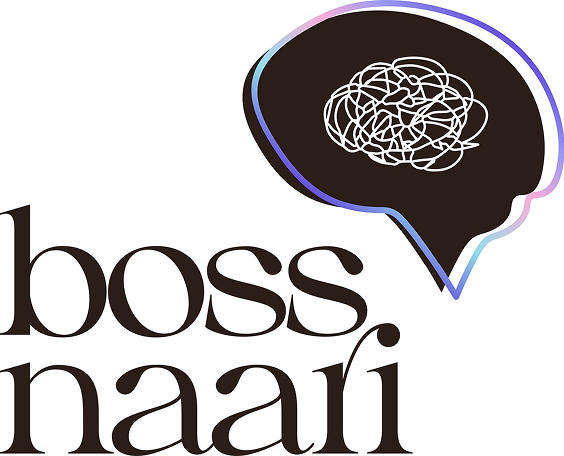Craving Connection: A Scientific Look at Why We Feel Lonely
- Dnyanada
- March 17, 2024
The summer of 2020 is unforgettable for everyone, a season when the heartbeat of the world seemed to pause. Streets once bustling turned eerily silent, doors shuttered, and our world shrank to screens and digital echoes. Amidst the surreal rush for toilet paper—a comical yet desperate grab for a sense of control—we were glued, almost hypnotically, to the relentless tick of death tolls and the dwindling vacancies in hospital wards. But within this chaos of uncertainty and fear, a profound truth crystallised, uniting us all: the undeniable, deep-seated yearning for the warmth of real human connection.

Summer of 2020 in Amsterdam
Snapshot of a usually crowded street in Amsterdam during the COVID lockdown
What is human connection?
True human connection goes beyond simply interacting. It’s about feeling genuinely seen, heard, and valued by the other person, and vice versa. This sense of connection is considered a fundamental human need, as crucial as food, water, shelter, and perhaps even in today’s world, WiFi! Historically, our survival, reproduction, and emotional well-being have depended on our ability to thrive within social groups. Our brains are even wired to support this, with specific reward centres releasing feel-good chemicals like oxytocin during quality social interactions and dopamine to fuel our desire for more connection. However, is our craving for social connection constant, or is there a “control center” in the brain that regulates this desire, just like our other needs?
The theory of social homeostasis
The more I delve into the human brain and body, the more I’m struck by the intricate systems designed to maintain balance. From basic needs like hunger and temperature to complex social interactions, our bodies operate through feedback mechanisms that regulate our behaviour. This concept extends to our social lives, governed by a fascinating mechanism called social homeostasis.
Let’s skip the scientific jargon and here’s how we can break this mechanism down:
1. Detector: This part detects what’s happening in the environment, such as whether or not you have interacted with others and if those interactions went well.
2. Control Centre: Based on your detected level of social interaction, this component adjusts our behaviour and psychology to encourage or discourage social bonding. Imagine it as a simple “if/else” loop: If social interaction is low, it triggers actions to seek connection.
3. Effector: This component translates the control centre’s directives into action, prompting you to text friends, make plans, or register for events on meetup.
4.Processor: This is where things get interesting. Once we act on the effector’s instructions and engage in social interactions, a processing stage kicks in. Here, we analyze the experience, trying to understand our position within the social hierarchy and assigning a qualitative score to the interaction itself and the people involved.
An aspect to note of social homeostasis is the dynamic and subjective nature of its “threshold.” Dynamic refers to our control centre’s ability to adapt to new levels of social interaction that feel fulfilling. For example, a new mother might initially have limited time for social interaction, but over time adjusts to a new “baseline” she finds satisfying. The subjectivity element reflects our individual preferences for socializing i.e. depends on where you lie on the scale of being an introvert or extrovert.

Feeling left out hurts! Brain scans reveal social rejection activates brain regions linked to physical pain
Source: Eisenberger NI, Lieberman MD, Williams KD. Does rejection hurt? An FMRI study of social exclusion. Science. 2003 Oct 10;302(5643):290-2
Beyond likes: the quest for connection, not just validation
Remember the awkwardness of rejoining social gatherings after COVID? It turns out, science has a reason for that. Briefly being alone can be good for us, giving us time to appreciate social connection again. But when isolation stretches on, the desire to socialize can wane, even turn negative. It becomes a cycle: the longer we’re alone, the less we want to be around others.
This might surprise you, considering our hyper-connected world. A massive study across 28 countries, including India, found a whopping 33% of people frequently felt lonely. So, how can this be when we’re seemingly more connected than ever? Social media has revolutionised how we interact and view ourselves and others. While it has its benefits, it often replaces in-person connections with online ones. This shift impacts how we communicate. Online interactions lack the richness of face-to-face encounters, where tone, expressions, and body language play a crucial role. Additionally, the anonymity and lack of immediate response can lead to harsher relationships. Social media can also fuel loneliness by promoting comparisons with others’ seemingly perfect lives. The constant stream of curated photos and experiences can make us feel inadequate, worsening feelings of isolation. It’s like consuming empty calories: it leaves you wanting more but never truly satisfied.
Way forward
Our brains have a fundamental need for connection, and feeling lonely is a sign that need isn’t being met. The good news is, the solution doesn’t have to be complicated. Listen to that biological nudge and seek out interactions that make you feel seen and valued. A friendly chat with a barista, a shared smile with a neighbor – even these simple moments can have a big impact. They create a sense of belonging and predictability that our brains crave for happiness.
Think of loneliness as a signal from your brain. While it may seem abstract, know that “YOU” have control over this feeling as it is a manifestation of your brain. Initiating a social interaction might feel a little awkward at first, especially if you have felt lonely in a while. It’s like any skill – it takes practice. Remember, everyone feels “different” sometimes. The beauty is, there’s a whole world of “different” people out there waiting to connect with you. So take a step out, explore, and don’t be afraid to put yourself out there.
You might be surprised by the amazing connections you make
Liked what you read?
Sign up and get the latest blog posts delivered straight to your inbox.
We respect your privacy
Related Articles

Domestic Violence Among Indian Families and its Impact on the Brain
In Indian families, domestic violence often hides behind cultural norms. This blog reveals shocking statistics and its impact on the brain.

Grief Explained: How our brains process loss
Discover the emotional and neurological aspects of grief, how rituals aid in healing, and why it’s okay to take your time.

Figuring out your identity after the big fat indian wedding
Explore the identity struggles women face after marriage, from navigating family ties to redefining your place in the world.
